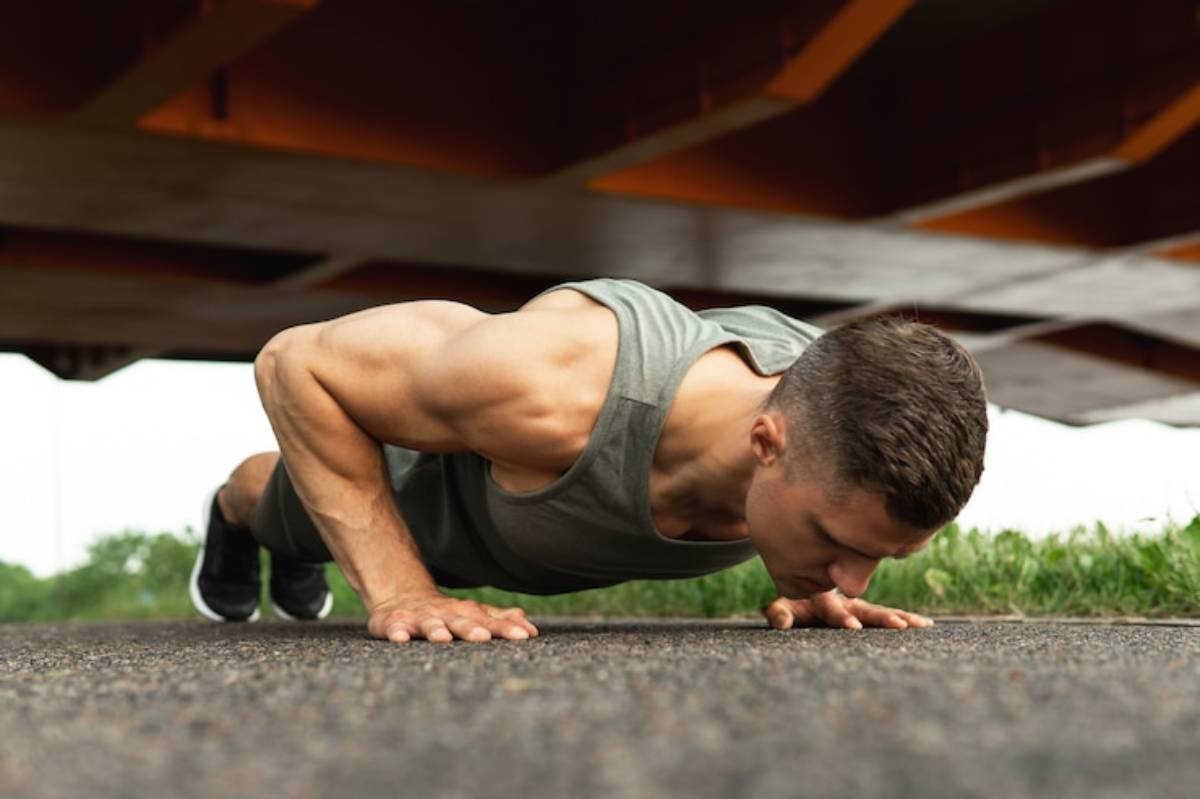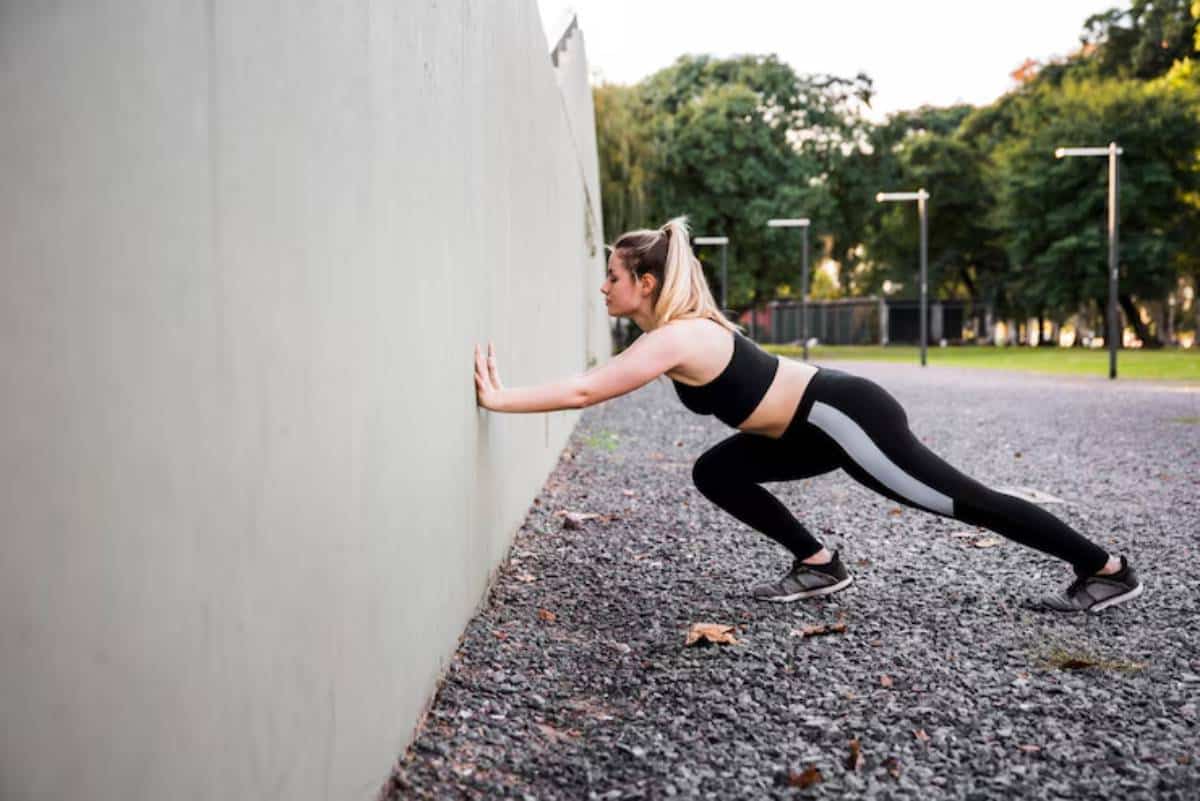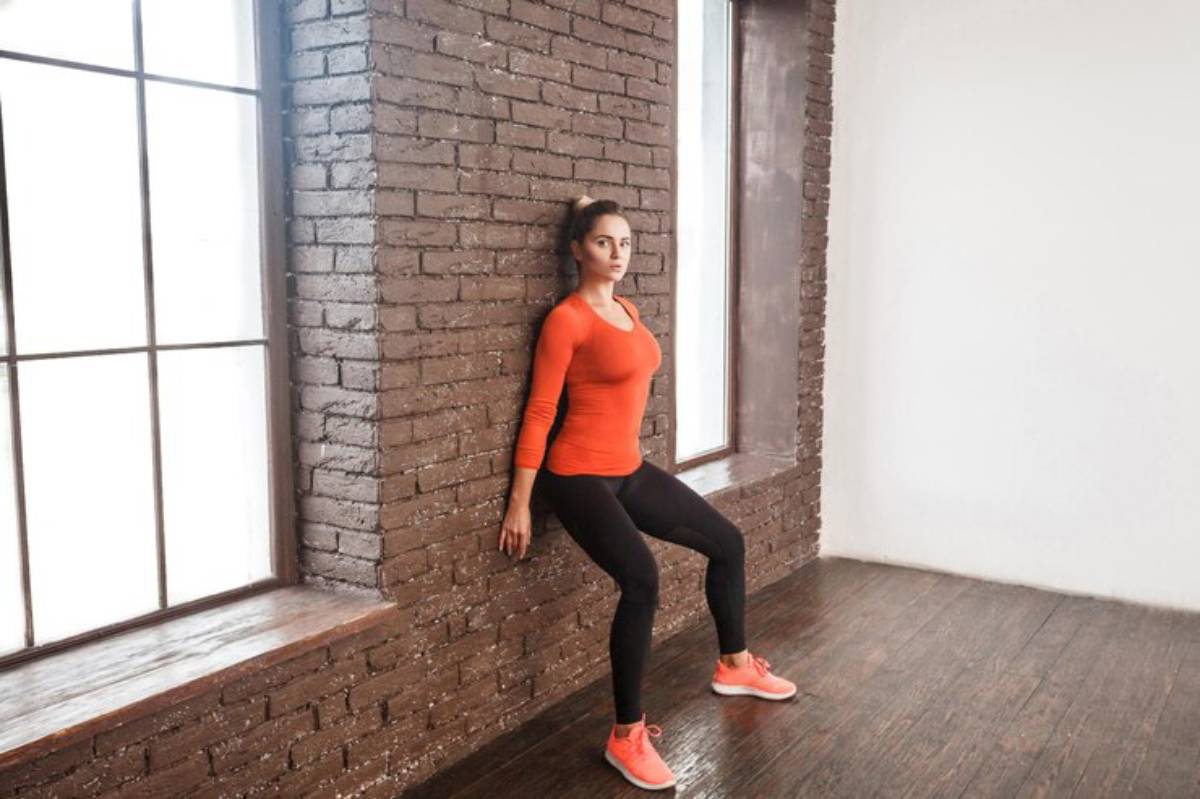
Wall Sits and Beyond: Isometric Lower Body Training for Strength and Endurance
Imagine this: you lower yourself into a wall sit, thighs burning, legs trembling, seconds ticking by slowly. Every fibre in your lower body is screaming, yet you hold steady. This, my friend, is isometric leg strength in action — the art of holding tension without motion.
Wall sits may look simple, but anyone who’s tried them knows they pack a serious punch. They are key to bodyweight endurance training. They help build muscular stamina, stability, and resilience. But what if we told you that isometric lower body training goes far beyond wall sits?
In this guide, you’ll dive into isometric exercises. You’ll take on the wall sit challenge. Plus, you’ll uncover more static drills to enhance your lower body strength and endurance. Whether you’re an athlete, a fitness enthusiast, or someone wanting stronger legs, this is your roadmap to success.
What Is Isometric Lower Body Training?
Let’s start at the beginning. Isometric training involves holding a muscle contraction without movement. Instead of lifting or lowering, your body remains in one position while the muscles stay under tension.
For the lower body, this means holding positions like:
- Wall sits
- Static lunges
- Glute bridge holds
The beauty of isometrics? You don’t need fancy equipment. Just bodyweight and gravity working together to challenge your muscles.
Why Choose Isometric Training?
- Boosts muscle endurance: Holding a position builds stamina and strength at specific joint angles.
- Improves joint stability: Strengthens tendons, ligaments, and supporting muscles, reducing injury risk.
- Accessible: Perfect for any fitness level and adaptable to different needs.
- Low impact: Ideal for recovery, rehabilitation, or those with joint sensitivities.
The Science Behind Isometric Leg Strength
When you perform an isometric hold, your muscles contract without changing length. This creates tension, which stimulates muscle fibres and strengthens connective tissues.
How It Works:
- Increases muscle fibre recruitment: Holding a position requires more fibres to stay engaged.
- Enhances mind-muscle connection: You focus intensely on the target muscles, improving control.
- Strengthens at specific angles: Unlike dynamic movements, isometrics target precise joint positions.
Research in Sports Medicine shows that isometric strength training boosts muscle stiffness and stability. This helps improve overall athletic performance.
Mastering the Wall Sit: The Ultimate Isometric Leg Challenge
Let’s dive into the star of lower body isometrics — the wall sit.
How to Perform a Wall Sit:
- Stand with your back against a wall, feet hip-width apart, about two feet away from the wall.
- Slide down until your thighs are parallel to the floor, knees over your ankles (not past your toes).
- Keep your back pressed into the wall, core engaged, and hold.
Start with: 30–60 seconds.
The Wall Sit Challenge
The wall sit challenge is a fun way to track progress and build bodyweight endurance.
Here’s how to do it:
- Week 1: Hold for 30 seconds.
- Week 2: Increase to 45 seconds.
- Week 3: Push to 60 seconds.
- Week 4: Aim for 90 seconds or more.
You’d be surprised how quickly you can build isometric leg strength with consistency.
Variations to Spice Up Your Wall Sits
Once the basic wall sit feels manageable, level up with these variations:
1. Wall Sit with Calf Raise
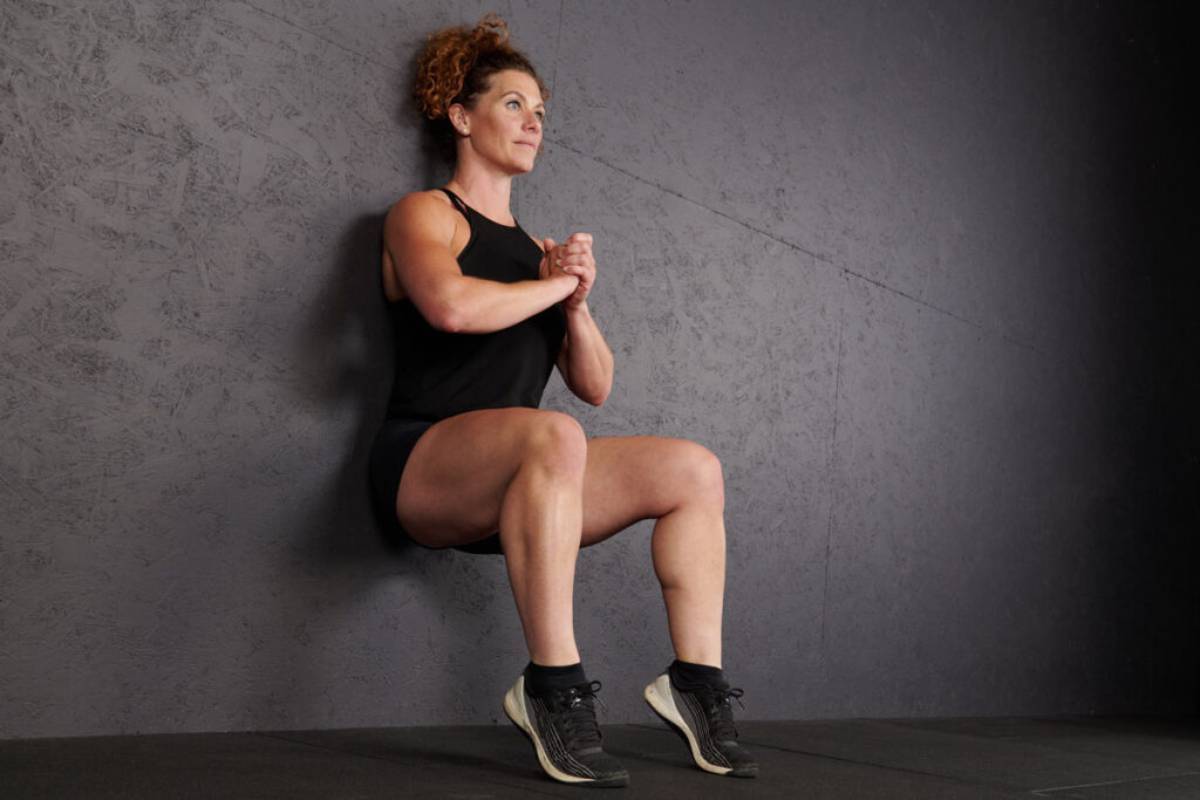
- Targets: Quads, glutes, calves.
- How to do it: From the wall sit position, lift your heels off the ground, balancing on your toes. Hold for 10–20 seconds, then lower heels. Repeat.
2. Wall Sit March
- Targets: Quads, glutes, hip flexors.
- How to do it: While holding a wall sit, lift one foot a few inches off the ground, alternating sides slowly without breaking form.
3. Weighted Wall Sit
- Targets: Quads, glutes, hamstrings.
- How to do it: Hold a dumbbell, kettlebell, or even a household item (like a backpack) on your lap while maintaining the wall sit.
Beyond Wall Sits: Other Isometric Lower Body Drills
Isometric training includes many lower-body holds, like wall sits. These exercises challenge your strength and help with balance.
1. Static Lunge Hold
- Targets: Quads, glutes, hamstrings, hip flexors.
- How to do it: Step forward into a lunge. Lower until your back knee hovers just above the floor. Hold.
Hold time: 30–45 seconds per leg.
2. Glute Bridge Hold
- Targets: Glutes, hamstrings, lower back.
- How to do it: Lie on your back, knees bent, feet flat. Lift your hips, squeeze your glutes, and hold.
Hold time: 30–60 seconds.
3. Single-Leg Wall Sit
- Targets: Quads, glutes, hamstrings, core.
- How to do it: Get into a wall sit. Extend one leg straight out, keeping the other leg bent. Hold.
Hold time: 20–30 seconds per leg.
4. Isometric Squat Hold
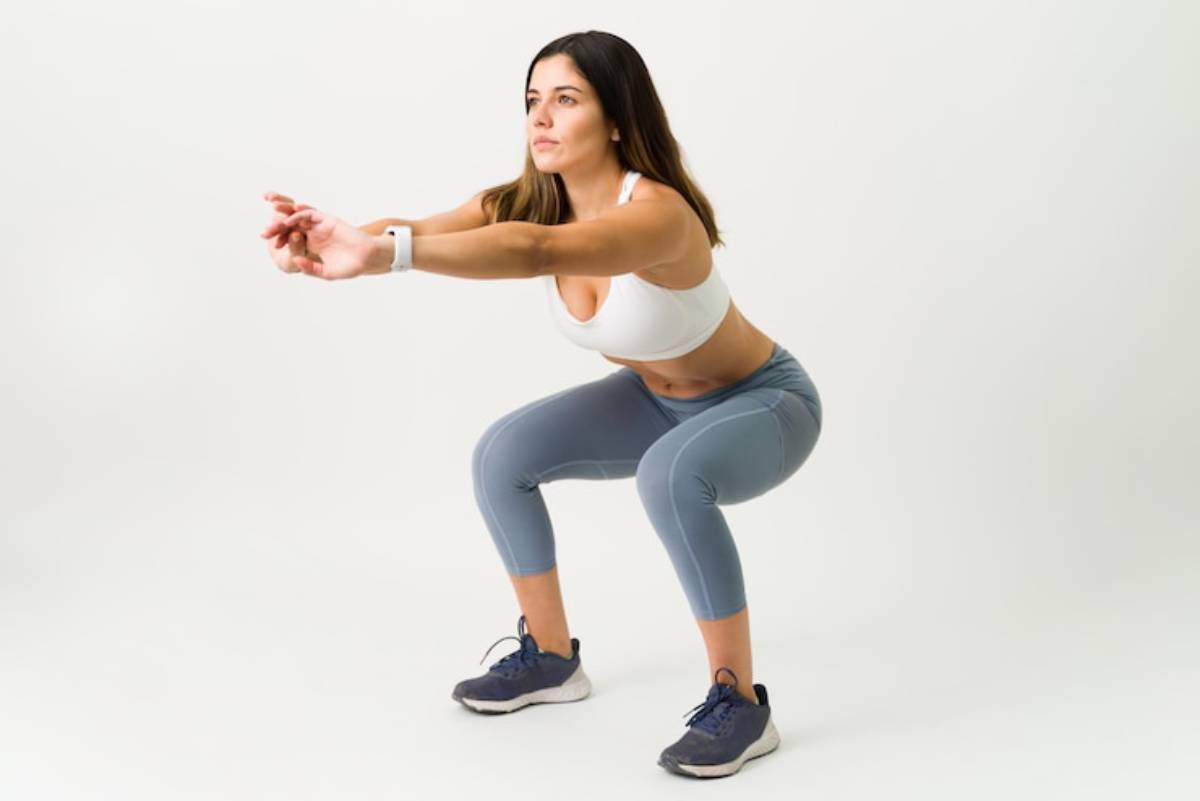
- Targets: Quads, glutes, hamstrings.
- How to do it: Squat down (without a wall), thighs parallel to the floor, chest upright, and hold.
Hold time: 30–60 seconds.
Structuring an Isometric Lower Body Workout
Want to put it all together? Here’s a sample isometric lower body routine to build leg strength and bodyweight endurance:
| Exercise | Hold Time | Sets |
| Wall Sit | 45–60 seconds | 3 |
| Static Lunge Hold | 30–45 seconds/leg | 3 |
| Glute Bridge Hold | 45 seconds | 3 |
| Single-Leg Wall Sit | 20–30 seconds/leg | 3 |
| Isometric Squat Hold | 45 seconds | 3 |
Rest: 30–60 seconds between exercises.
Frequency: 2–3 times per week for best results.
Progression Tips for Isometric Strength
To keep challenging yourself and avoid plateaus:
- Increase hold time: Gradually add 5–10 seconds each week.
- Add resistance: Use weights or resistance bands.
- Combine with dynamic exercises: Pair static holds with squats, lunges, or step-ups.
For example, perform a wall sit hold immediately after dynamic squats to fatigue the muscles and build endurance.
Common Mistakes and How to Avoid Them
- Rushing into long holds: Build up gradually to avoid strain.
- Ignoring form: Keep knees aligned, back straight, and muscles engaged.
- Holding your breath: Focus on steady breathing to maintain control and prevent dizziness.
Conclusion: Build Enduring Leg Strength With Isometric Holds
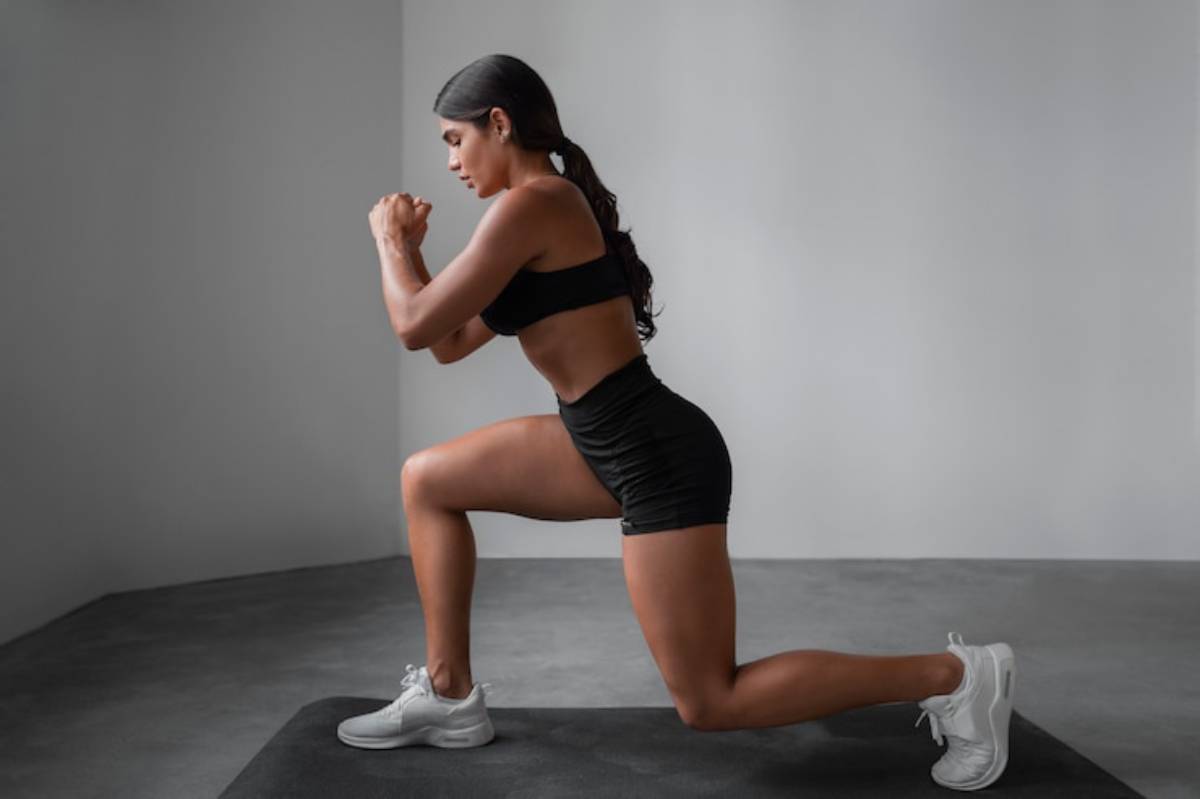
Isometric lower body training might seem simple, but it greatly boosts leg strength and bodyweight endurance. Master the wall sit challenge. Add static holds, like glute bridges and lunges. This will help you build a strong base for performance, stability, and injury prevention.
These exercises don’t just test your muscles — they challenge your mental grit. Holding still under tension takes focus and determination, qualities that translate beyond fitness.
Ready to take on the wall sit challenge and strengthen your legs? Start today and see how far you can progress. Got a success story or need tips? Share in the comments below. And if you found this guide helpful, pass it on to someone who’s ready to level up their isometric leg strength.
